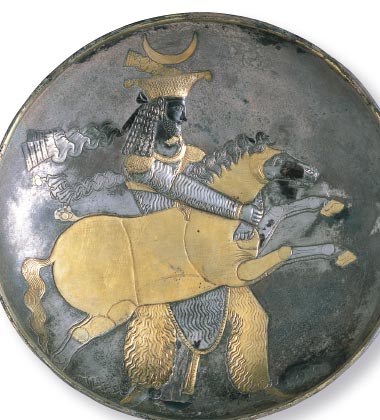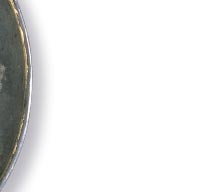 |
 |
When do people use
ornamentations? Many forms of adornment can be seen in religious
rituals, ceremonies, and spiritual activities from ancient times. Sacred
vessels decorated with symbols of supernatural power and nature are
examples of these. Courts were also bedecked in gorgeous accessories and
furnishings, and during festivals even commoners dressed up to color
these celebrations. The participants enjoyed embellishing ordinary
accessories such as combs and kanzashi hair ornaments. Within this,
people gave “shape” in the form of dynamic “decorations” to express
their various feelings such as prayer and happiness towards life.
Although “decorations” do not belong to a genre like sculpture or
painting, they radiate the sublime hues that are characteristic of a
country and its people.
|
West Asia and Central Asia
|
 |
|
|||
Featured here are vessels decorated with animals and plants,
which people feel are sacred. Imagine the impact that these gold and silver
objects shining in festivals had on people who only knew stone
and earthenware. The lofty image of this Persian prince here
influenced people’s veneration towards the gods. |
|
||||
|
|
||||
 |
|
||||
 |
|
||||
|
2 |
Large Plate with a Prince Holding a Mare Sassanid period, 4th−5th centuries Miho Museum |
|
|||